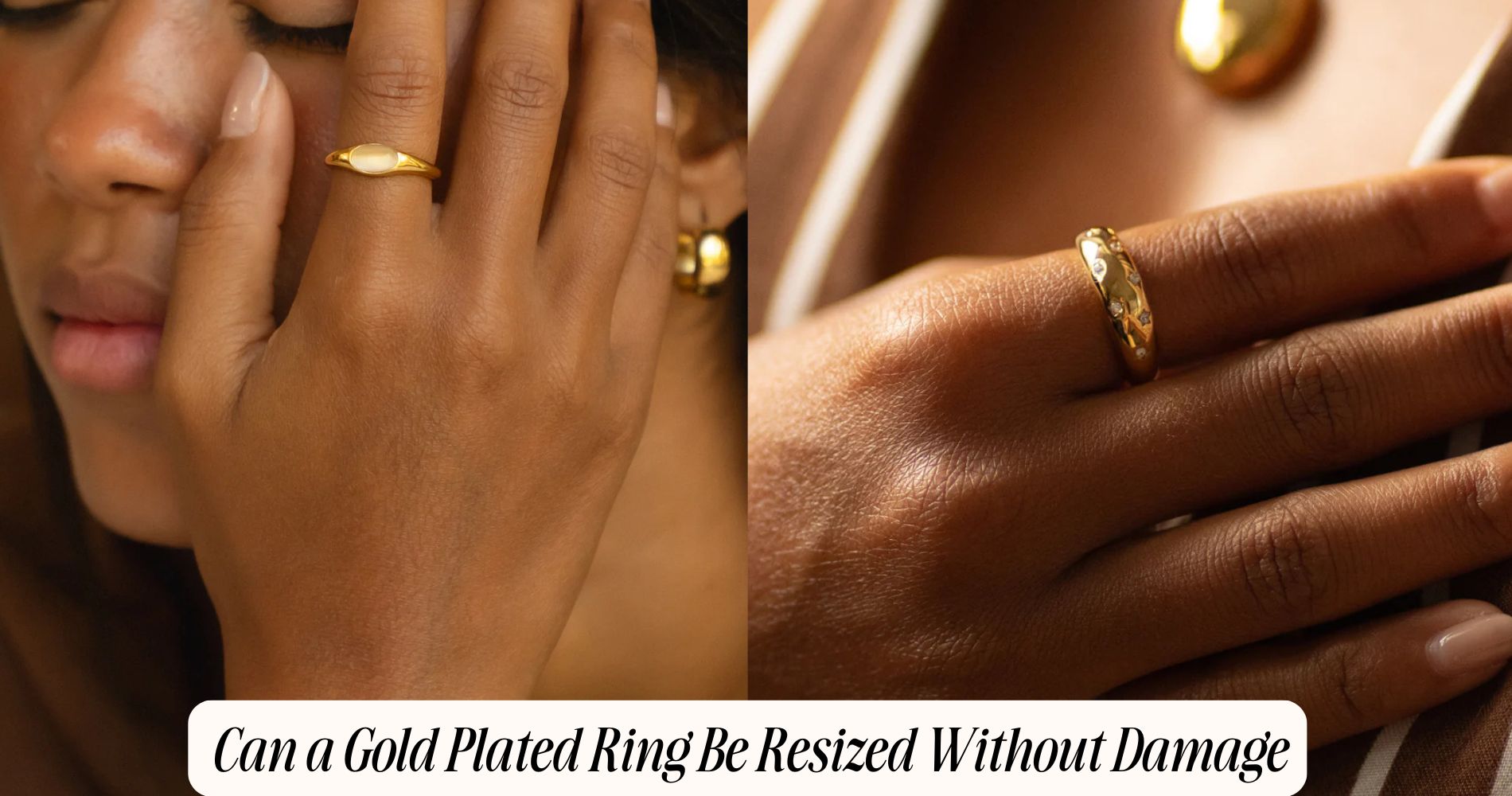
Can a Gold Plated Ring Be Resized Without Damage
Wondering can a gold plated ring be resized without losing its shine? The short answer is yes—but it comes with some challenges. Resizing often disrupts the delicate gold layer through heat, abrasion, or soldering, which can expose the base metal and cause discoloration or flaking. The outcome depends on factors like plating thickness, base metal quality, ring design, and how much the size needs to change. Skilled jewelers can minimize damage using thermal control, masking, and micro-soldering, though replating is usually needed to restore a uniform finish. If you’re exploring style options, check out Atolea’s Minimalist Gold Rings—crafted for everyday wear and designed to maintain their golden glow.
How Resizing Affects Gold Plating
Even when a jeweler works carefully, resizing disrupts gold plating because the process exposes base metal and thins or removes the plated layer.
You’re dealing with heat, abrasion, and chemical flux, which compromise adhesion at the plating–substrate interface. When a ring is stretched, the plated film elongates beyond its ductility, causing microcracks and flaking.
When it’s cut and soldered, polishing erodes gold thickness around the seam and across adjacent surfaces.
Solder flow and pickle can undercut boundaries, reducing plating durability. Localized heating alters grain structure, decreasing cohesion between the deposit and the base metal.
Post-resize refinishing evens scratches but further thins the coating. Ultrasonic cleaning can lift marginal areas.
Ultimately, resizing creates discontinuities that require complete stripping and replating to restore uniform coverage and appearance.
Factors That Determine If Resizing Is Safe
Because resizing disrupts the plated layer, whether it’s safe depends on the ring’s construction and finish.
You should first assess plating thickness; heavy deposits (e.g., 2.5 microns or more) tolerate polishing and localized heat better than flash plating.
Evaluate base metal type: sterling silver and gold alloys usually solder cleanly, while brass or stainless can require higher heat or specialized solders, increasing disturbance.
Check whether the shank is solid or hollow; hollow, lattice, or micro-pavé shanks concentrate stress.
Inspect setting geometry and stone proximity; tight stone clusters limit torch access and heat control.
Confirm prior repairs, porosity, and any rhodium or duplex plating that complicates adhesion matching.
Finally, determine size-change magnitude; small adjustments strain plating less than major upsizing or downsizing.
Risks to the Finish and How to Minimize Them
While resizing a gold‑plated ring, the greatest threats to the finish are heat disruption, abrasion, and chemical mismatch. Excessive torch heat can diffuse the gold plating into the base metal, causing discoloration and porosity.
Mechanical filing and polishing can thin or breach the plated layer, compromising finish durability. Incompatible fluxes, pickles, or ultrasonic cleaners can undercut adhesion and pit the surface.
To minimize risk, ask your jeweler to use heat sinks, laser welding, or micro‑pulse soldering to localize heat.
Specify low‑abrasion finishing with progressive grits and minimal buffing. Insist on chemistries matched to the base alloy and plating system. Protect masked areas with thermal barrier compounds.
After sizing, request controlled re‑plating to restore thickness, and finish with gentle rouge to preserve reflectivity.
When Resizing Is Not Recommended
Although many gold‑plated rings can be adjusted safely, you shouldn’t resize when the plating is ultra‑thin (<0.5 micron), the base metal is highly heat‑sensitive (e.g., brass, zinc alloys), or the design carries continuous settings, tension mounts, or fragile pavé near the sizing zone.
In these cases, when resizing introduces disproportionate risk: thermal input can blister gold plating, solder flow can wick under stones, and mechanical stress can crack micro‑prongs.
If the ring shows deep wear channels, micro‑porosity, or prior seam lines, integrity concerns escalate; enlarging or reducing will often expose substrate and create visible discontinuities.
Hollow or electroformed shanks also invite potential damage because wall thickness is insufficient for cutting and soldering.
Finally, pronounced engraving, milgrain, or enamel adjacent to the joint rarely survives alteration without distortion.
Best Practices Jewelers Use for Plated Rings
Two core principles guide safe resizing of gold‑plated rings: control heat and manage the plating interface.
You ask your jeweler to isolate heat with thermal sinks, heat‑shield gels, and spot‑flame torches, keeping solder flow localized. They evaluate base metal, alloy, and plating thickness under magnification before choosing resizing techniques that minimize abrasion.
For sizing down, they cut and remove a calibrated segment, then use micro‑pulsed soldering to limit heat‑affected zones.
For sizing up, they insert a matching alloy shim, bevel joints, and maintain ring roundness with a mandrel and gauges.
They mask undisturbed areas with Kapton tape, feather the plating edge, and finish with progressive abrasives to 2000+ grit.
Ultrasonic cleaning and neutralization remove flux and particulates, preserving adhesion and surface continuity.
Replating After Resizing: What to Expect
Once the ring is resized, you should expect the jeweler to strip any compromised gold layer, prepare the surface, and replate to a specified thickness.
They’ll ultrasonically clean, degrease, and mask non-plated areas, then apply a nickel or palladium barrier (if needed) before the gold bath.
The replating process uses controlled amperage and time to achieve uniform microns of gold.
Expect color matching to the original alloy (e.g., 14k vs. 18k tone) and attention to edges, prongs, and solder seams, which can plate thinner without proper surface conditioning.
You’ll receive a measured thickness estimate; 0.5–2.5 microns is typical for jewelry.
Replating longevity depends on thickness, base metal, wear patterns, and skin chemistry.
Request documentation of thickness and alloy for future service consistency.
Cost, Timeline, and Maintenance Tips
Because pricing varies by metal, thickness, and labor, expect a gold-plated ring resize with full stripping and replating to run roughly $60–$150 for simple size changes in silver or brass bases.
For complex work, heavy plating (1–2.5 microns), or difficult alloys, the cost can range from $150–$350+. You’ll see repair costs rise with stone settings, solder joints, and rhodium flash on white gold looks.
Typical timelines: 2–5 business days for minor upsizing/downsizing.
It may take 1–2 weeks if you need prong work, channel realignment, or color matching. Rush service adds premiums.
Maintenance tips: remove the ring for chlorine, saltwater, gym, and solvents; store it dry in a soft pouch; clean with mild soap and a lint-free cloth; avoid abrasives.
Schedule inspections every 6–12 months. Discuss resizing options, plating thickness, and base-metal disclosure in writing.
Alternatives to Resizing a Gold Plated Ring
If you want a better fit without risking the plating, consider non-invasive solutions before altering the ring.
Use sizing beads: a jeweler solders tiny metal spheres inside the shank to reduce diameter while minimizing friction on the gold layer.
Install a spring insert or adjustable sizing bar; these internal sleeves compress gently, stabilize spinning, and are reversible.
Add a silicone or PVC ring guard for temporary downsizing; it’s inexpensive, sweat-resistant, and won’t abrade the plating.
For slight upsizing, request controlled ring stretching only if the band is plain, uniformly thick, and free of solder seams; otherwise, you’ll crack the plating.
Explore alternative methods: wear a comfort-fit inner sleeve, stack a snug spacer band, or switch the ring to a lower-traffic finger to maintain plating integrity.
Frequently Asked Questions
Can Gold-Filled Rings Be Resized Differently Than Gold-Plated Rings?
Yes. You resize gold-filled rings differently than gold-plated rings. Thicker bonded layers allow limited stretching, compressing, or laser welding. Use conservative resizing techniques to avoid exposing base metal. Gold filled benefits include durability, better solderability, and cleaner polish lines.
Does Resizing Affect Engraved Patterns on a Plated Ring?
Yes. Resizing can distort engraved patterns and thin or crack plating. You mitigate damage using engraving preservation strategies: laser resizing techniques, minimal heat, seam placement away from motifs, re-engraving after sizing, and post-process replating to restore uniform finish and depth.
Are Home Resizing Kits Safe for Gold-Plated Rings?
No. You risk delamination, microcracking, and uneven plating loss. Home kits and generic resizing tools can distort bands, stress solder joints, and compromise alloy integrity. Use a professional jeweler: remove plating, resize precisely, re-plate to original thickness.
How Does Ring Sizing Impact Gemstone Security in Plated Settings?
Resizing alters tension and seat integrity, so gemstone security often weakens. You risk loosened prongs, shifted bezels, and microfractures affecting gemstone durability. Demand heat control, stone removal, and conservative resizing techniques. Afterward, insist on retightening, microscope inspection, and re-plating to restore protection.
Will Resizing Void the Jeweler’s Warranty on Plated Rings?
Yes, it often does. You’ll typically void coverage unless the original jeweler performs approved resizing techniques. Confirm warranty implications in writing, including re-plating requirements, gemstone inspections, solder seam standards, heat controls, and post-resize QC to maintain eligibility.
Conclusion
Yes—a gold-plated ring can be resized, but expect plating loss at the solder joint and tool-contact areas. You’ll minimize damage by using an experienced bench jeweler, laser welding when possible, heat sinks, and protective masking. For major size changes, avoid resizing; the base metal and plating thickness dictate risk. Plan on full replating after resizing, verify karat/color match, and request a rhodium topcoat for white finishes. Weigh cost and turnaround against alternatives like sizing beads, guards, or a new shank.







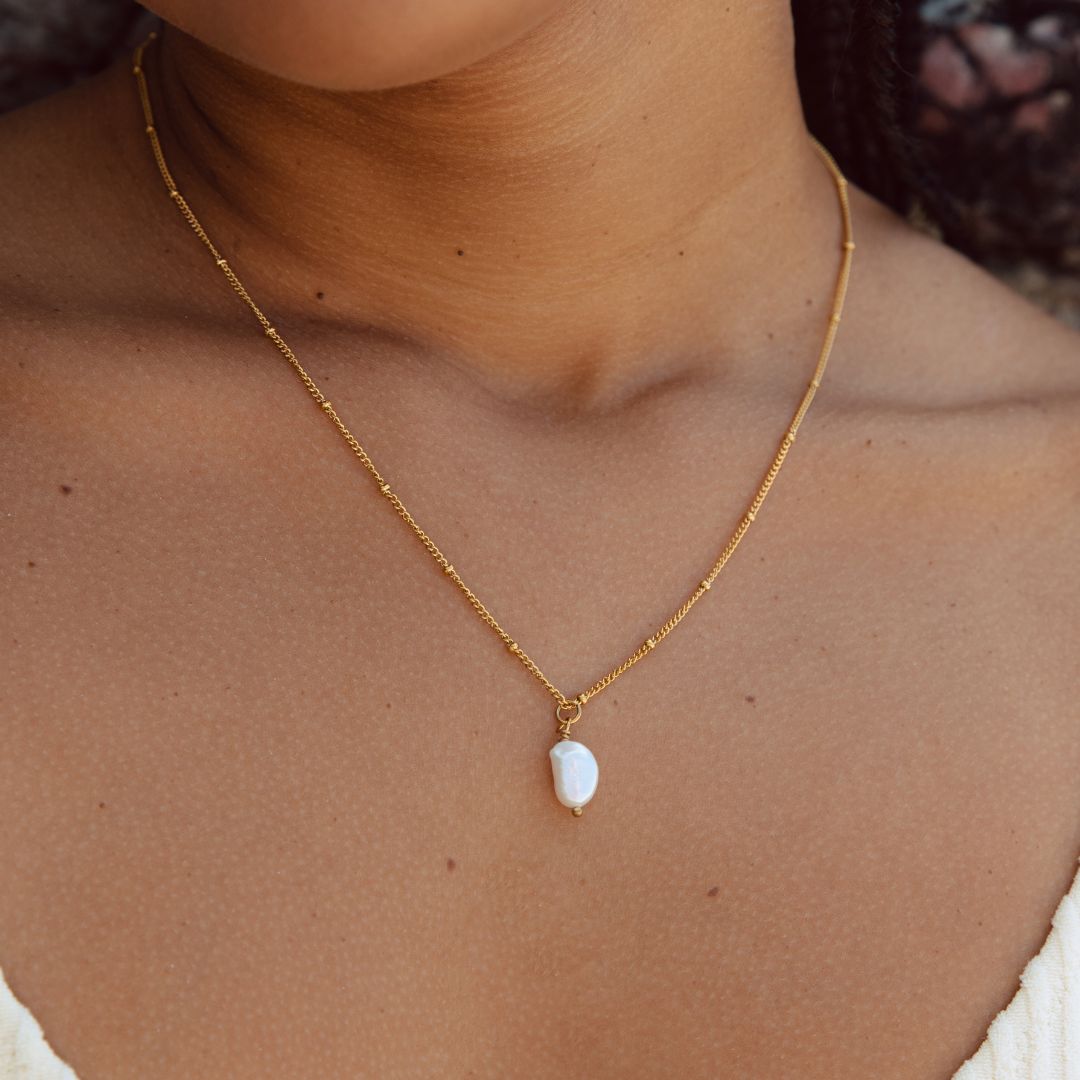

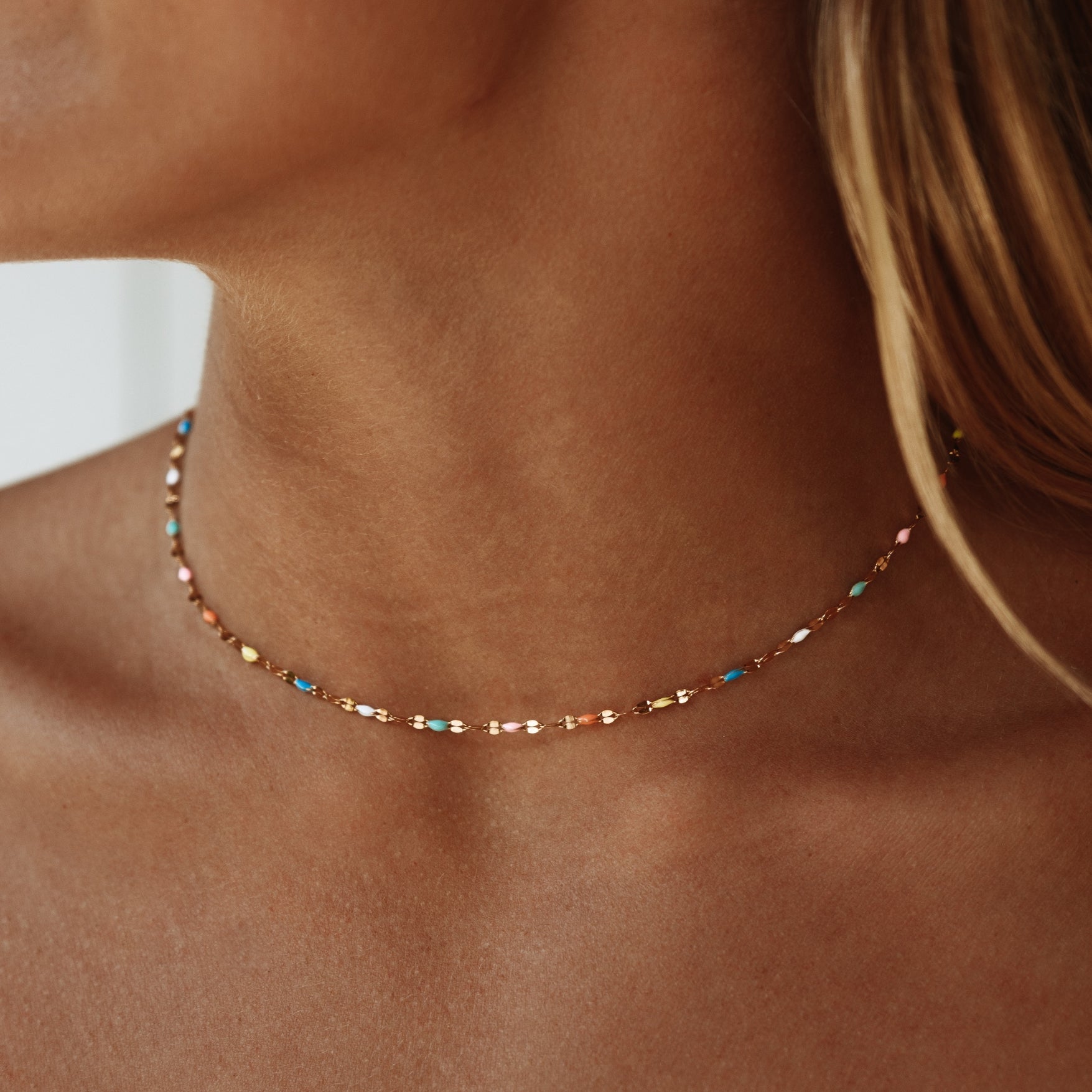
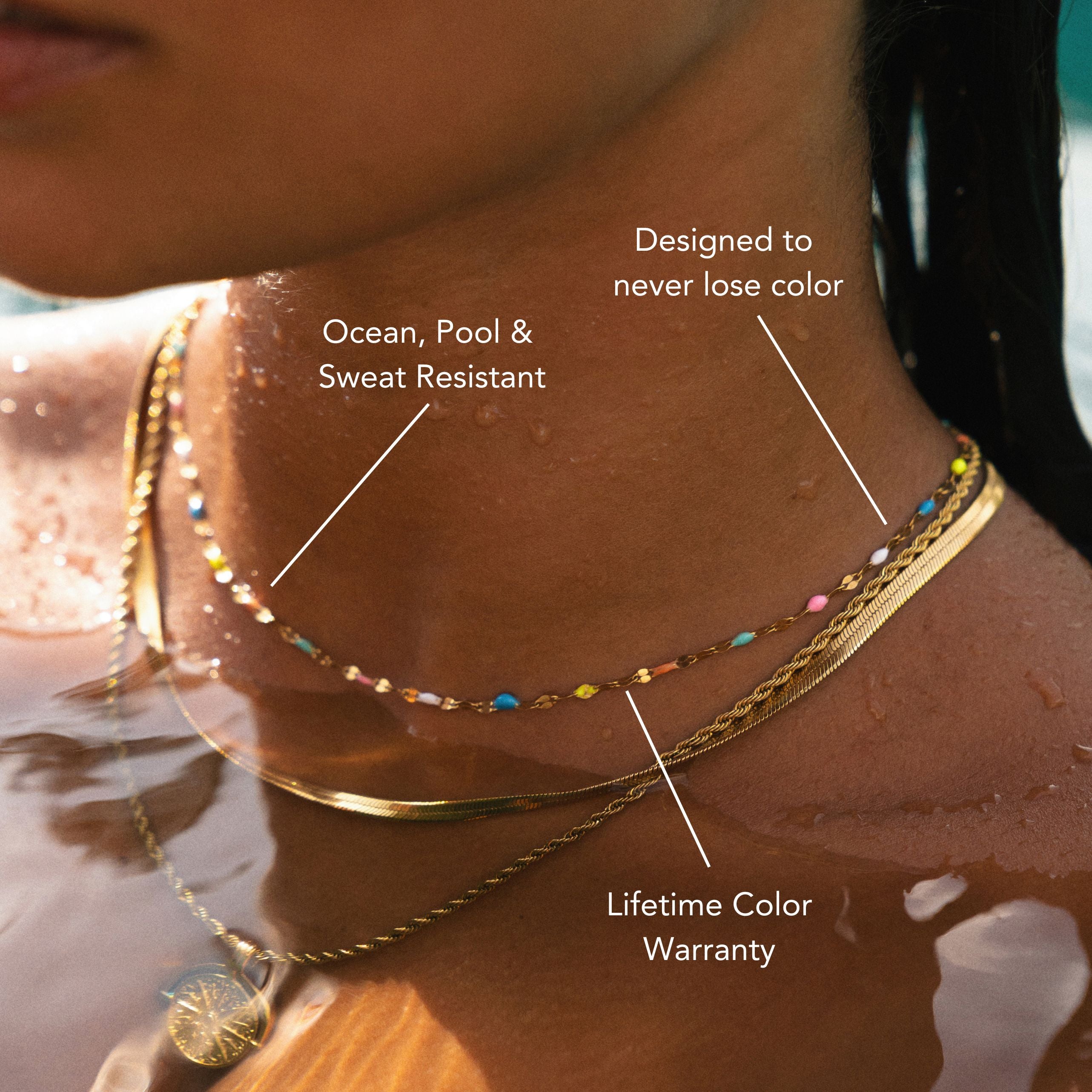
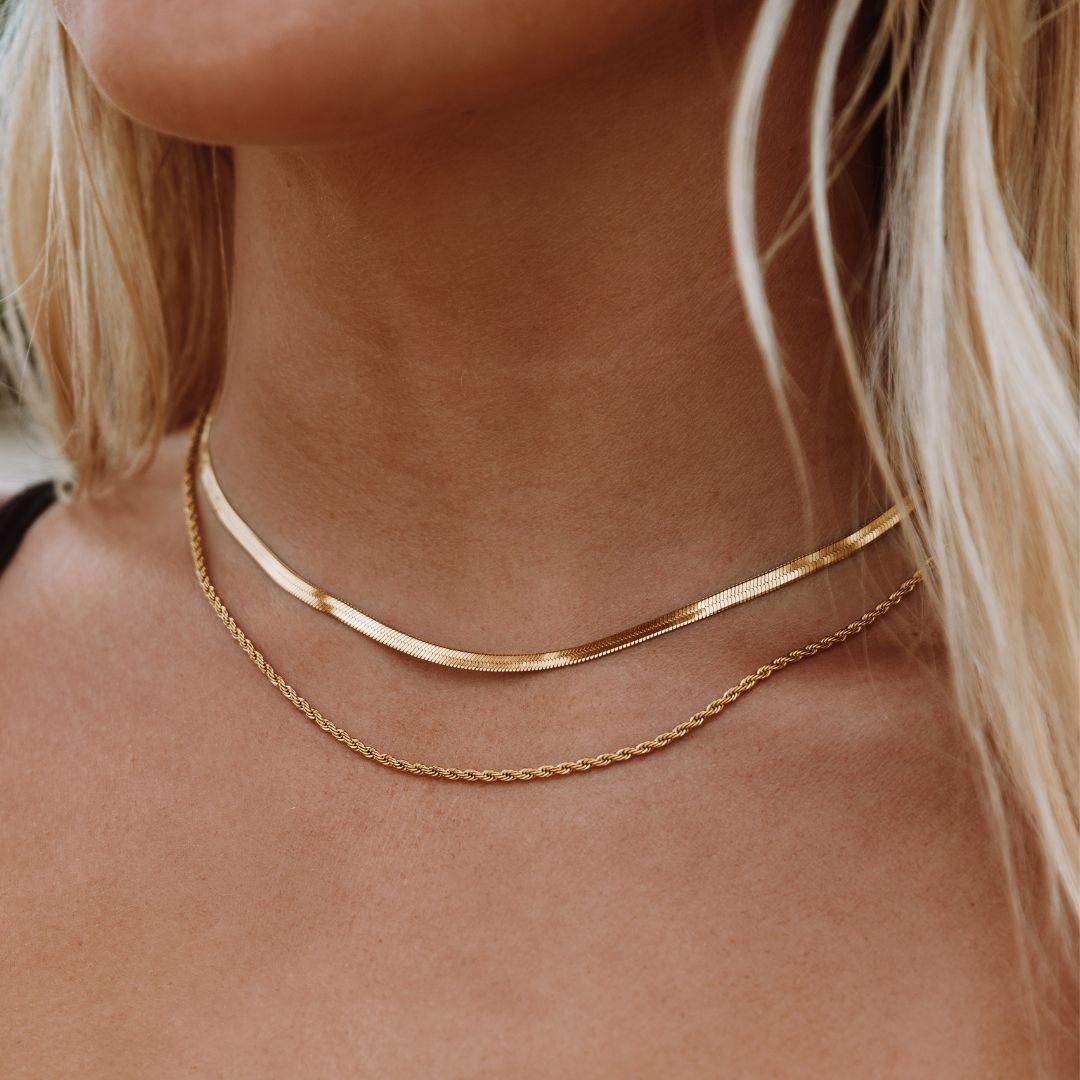
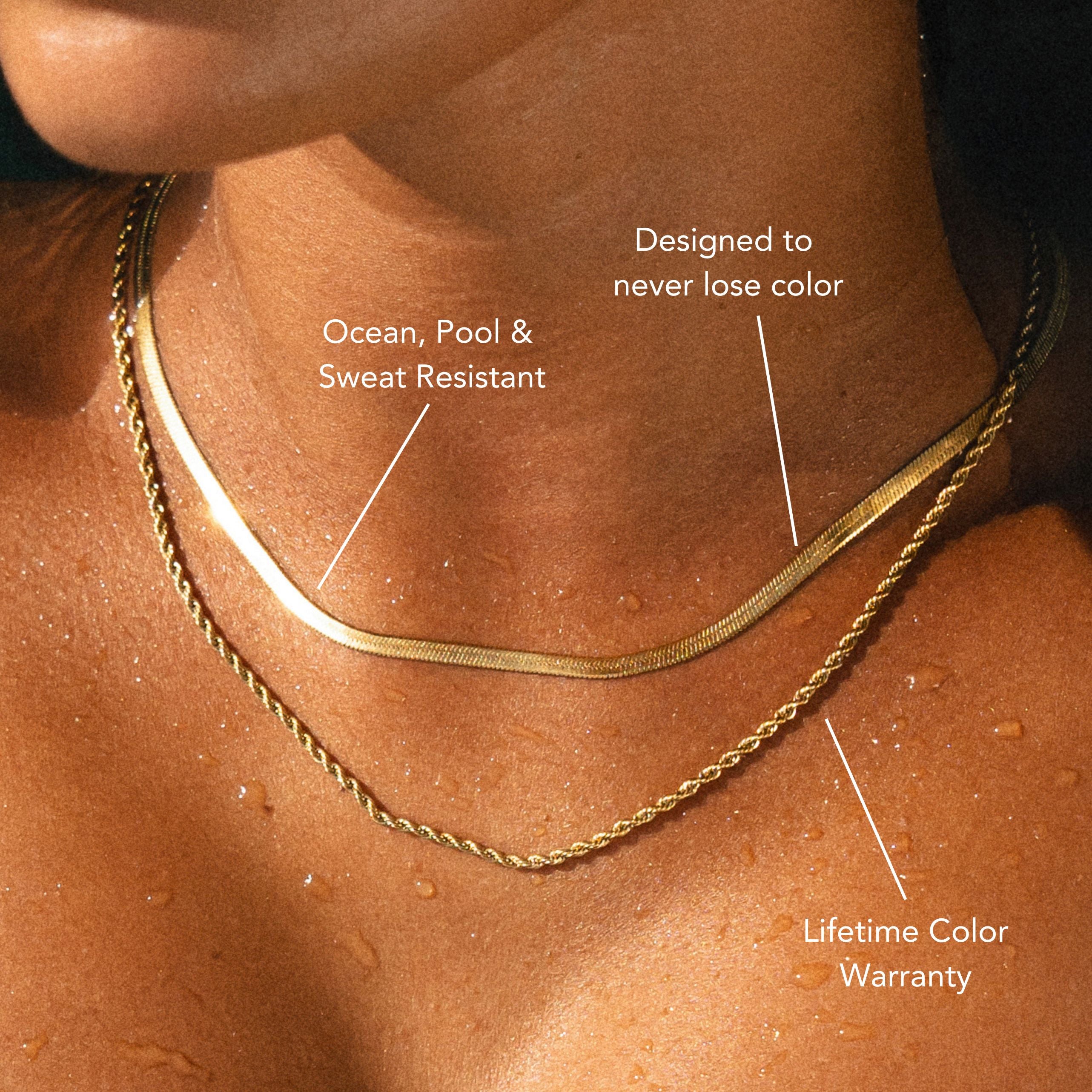




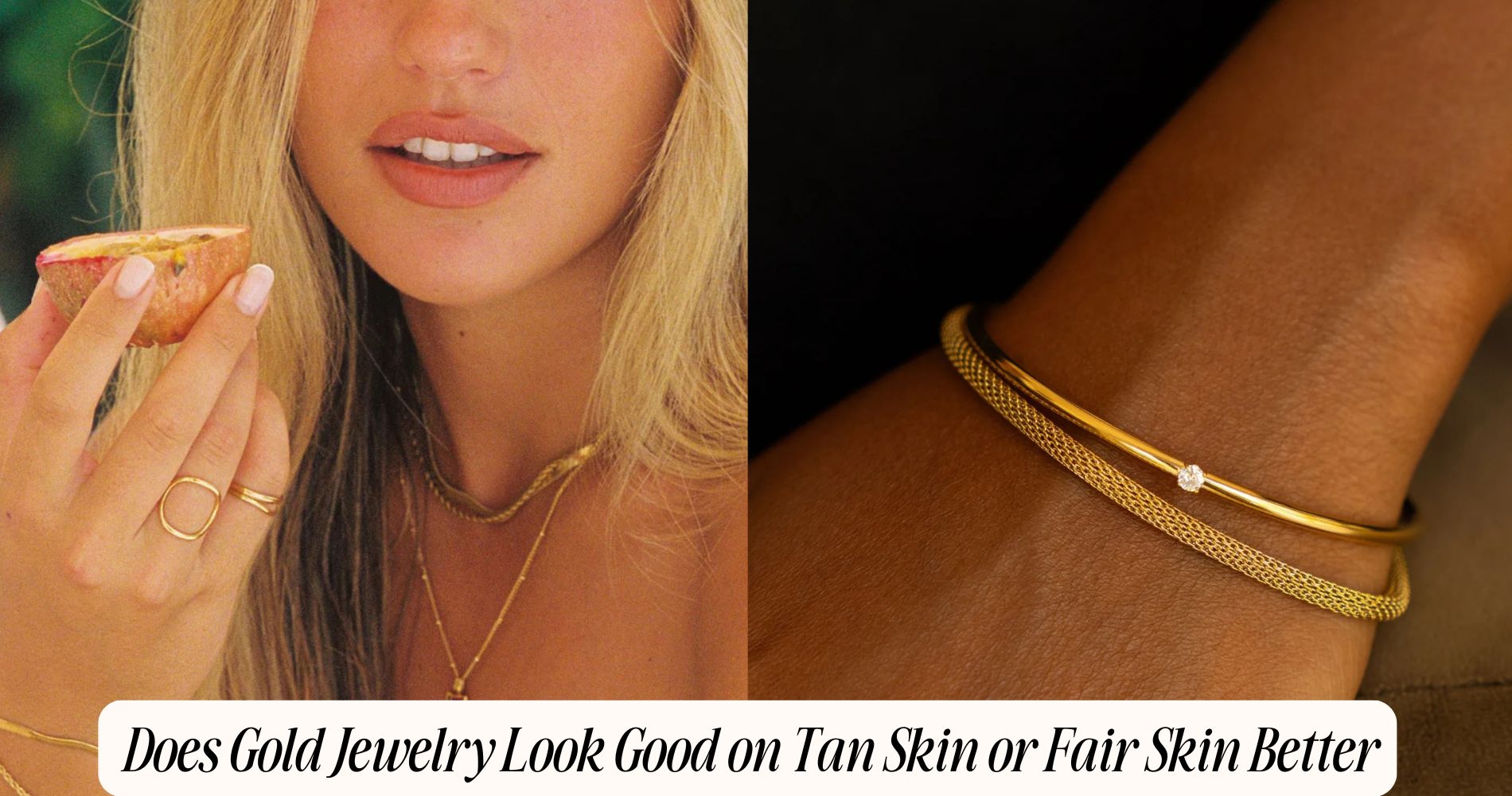





コメントを書く
このサイトはhCaptchaによって保護されており、hCaptchaプライバシーポリシーおよび利用規約が適用されます。